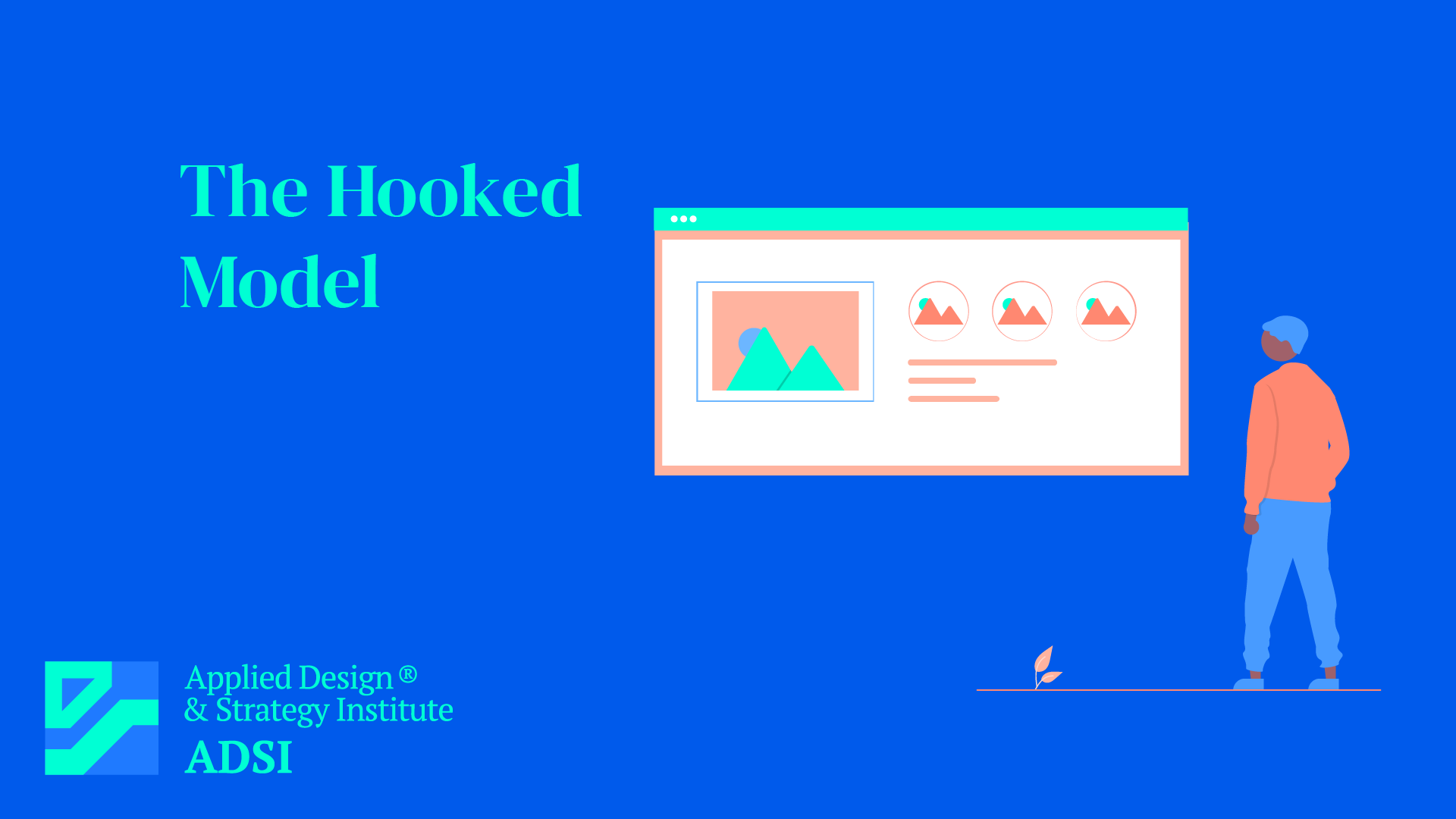Hook Model
Introduction to the Hook Model
The Hook Model is a concept used in product design and user experience to describe how products and services can create habit-forming behaviors in users. Developed by Nir Eyal, it’s a four-step process built on the basic principles of behavioral psychology and is used to increase customer engagement and build user habits.
Four Steps of the Hook Model
- Trigger: This is the actuator of behavior—the prompt that starts the behavior. Triggers can be external (ads, notifications) or internal (emotions, thoughts).
- Action: This is the behavior itself, taken in anticipation of a reward. The action is made simple through the design of the product, reducing the effort required by the user.
- Variable Reward: This step involves offering rewards that fulfill the users’ needs but also have an element of unpredictability, which makes the experience more engaging and habit-forming.
- Investment: The final step involves the user making some form of investment in the product (time, data, effort, social capital), which increases the likelihood of following the loop again.
Applications of the Hook Model
- Product Development: Used by companies, especially in the tech industry, to design products that keep users engaged and returning.
- Marketing: Helps in creating marketing strategies that build customer engagement and brand loyalty.
- User Experience Design: Informs the design of user interfaces and experiences to create engaging, habit-forming products.
Benefits of the Hook Model
- Increased User Engagement: Encourages repeated engagement, turning casual users into regular ones.
- Customer Retention: Helps in retaining customers by integrating the product into their daily routines.
- Competitive Advantage: Products that successfully use the Hook Model can stand out in crowded markets.
Ethical Considerations and Challenges
- User Addiction: There are ethical considerations regarding the potential for addiction and the exploitation of psychological vulnerabilities.
- Balancing Business Goals and User Needs: Finding a balance between what’s good for the business and what’s healthy and valuable for the user.
- Changing User Behaviors: The model requires a deep understanding of user behavior, which can be complex and dynamic.
Conclusion
The Hook Model provides a powerful framework for creating products that engage users and encourage habitual use. While it offers significant benefits in terms of user engagement and retention, it also raises important ethical considerations that must be carefully managed.



Leave a Reply